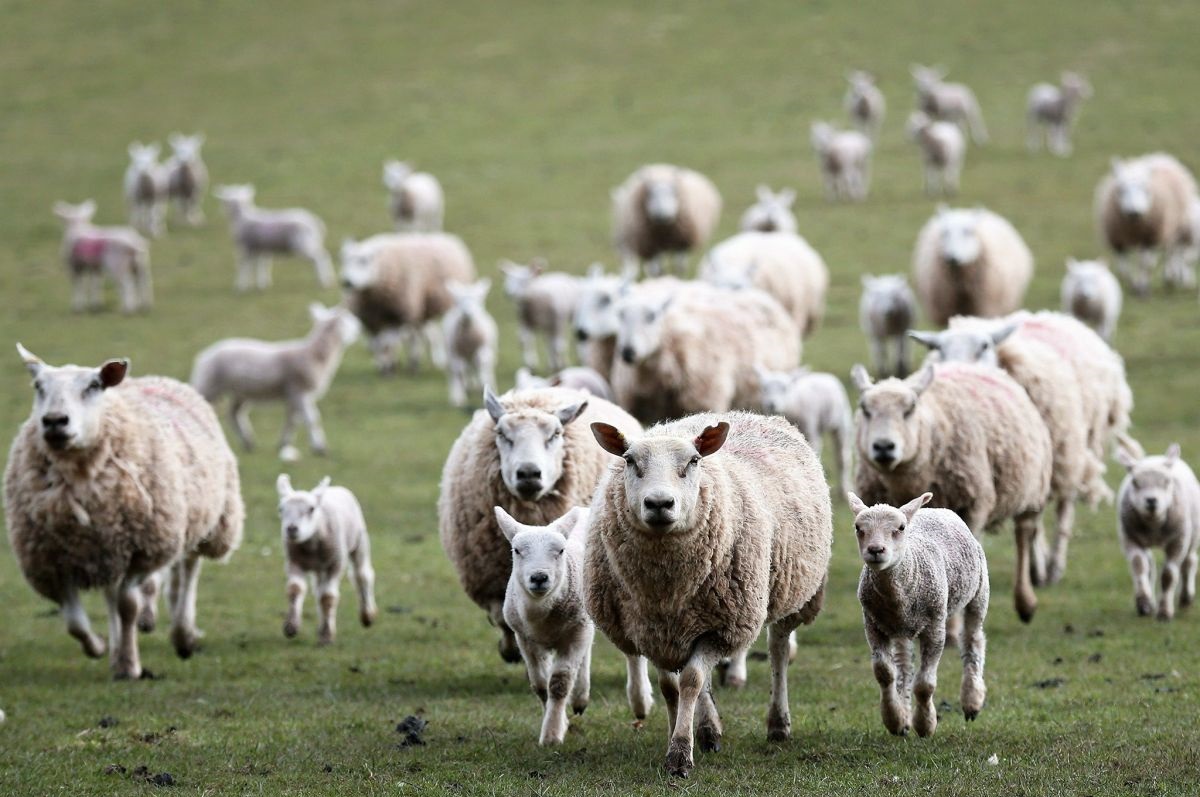
The latest NADIS Parasite Forecast sponsored by Merial Animal Health highlights the importance of taking an integrated approach to parasite control in lambs.
This is to reduce the risk of disease now and later in the season; the importance of including rams in the overall parasite control strategy; and the risk of lungworm in cattle.
"Given the high risk of nematodirosis in many regions of the UK this year, lambs grazing contaminated pastures will almost certainly have been treated, often with a Group 1 anthelmintic," says Sioned Timothy, Veterinary Adviser for Merial Animal Health.
"However, Group 1 products may not be as effective against other nematode species and additional treatments may be necessary to prevent disease, reduce the impact of worm burdens on growth, and minimise the number of eggs shed onto pasture.
"The need for such treatments will depend on a number of factors including ewe anthelmintic treatment at lambing time, grazing conditions, stocking density and weather conditions over the coming weeks.
"It’s also important to remember to include rams in your overall parasite control programme because they are also susceptible to PGE."
Safe pastures
Any lambs grazing ‘safe pastures’ should not require anthelmintic treatment until they are three to four months old.
Safe grazing includes pasture not grazed by sheep last year, reseeded leys, and any ground not grazed by sheep until mid-summer such as aftermath, where parasite contamination from last year will have died off.
Sioned says: "Safe pastures are an important component of your farm’s sustainable parasite control and should be used to best effect to reduce the parasite challenge posed to at-risk lambs, reducing reliance on wormers.
"Taking an informed approach to treatment decisions will optimise parasite control whilst minimising selection for resistance, and potentially save money through fewer treatments.
"The use of faecal worm egg counts to assess whether groups of lambs require worming is one proven approach.
"Targeted treatment of individual lambs which are not achieving expected growth rates is also increasingly carried out to maximise the benefits seen after treatment, and reduce unnecessary treatments."
Oramec® is a Group 3 anthelmintic which can be used for treating a wide variety of round worms, as well as lungworm and nasal bots in sheep.
Lungworm in cattle
In cattle, lungworm may appear from June onwards in unvaccinated calves, those not subject to strategic worming programmes, and in naïve adults. Early signs include coughing and an increased respiratory rate.
In some outbreaks losses due to severe respiratory disease can occur, but the major impact of lungworm is on growth, condition and productivity.
"Cases of husk can be treated effectively with a long-acting wormer. Beef cattle and dairy youngstock can be treated with Ivomec Classic®, while Eprinexâ is suitable for use in lactating dairy cows.
"These products provide persistent activity for up to 4 weeks, and so prevents re-infection during this period," says Sioned.
"A further important benefit of Eprinexâ in dairy cattle is its zero milk withhold, which means it can be used during lactation without the need to discard milk.
"Since the diagnosis of lungworm is largely based on clinical signs, treatment should be given as soon as possible after diagnosis to minimise the impact of the parasite.
"Furthermore, although only a small number of animals may be showing signs of infection, all cattle in the herd are at risk as infection can spread quickly through the herd via pasture challenge.
"To reduce the impact of a drop in productivity, all cattle in the herd should be treated."
Strategic early season treatment of cattle will reduce the risk of parasitic disease due to nematodes throughout the grazing season, however it’s important to ensure that cattle remain set-stocked on the same pasture for the entire grazing system, or move to safe grazing such as silage aftermath to ensure season long control.
